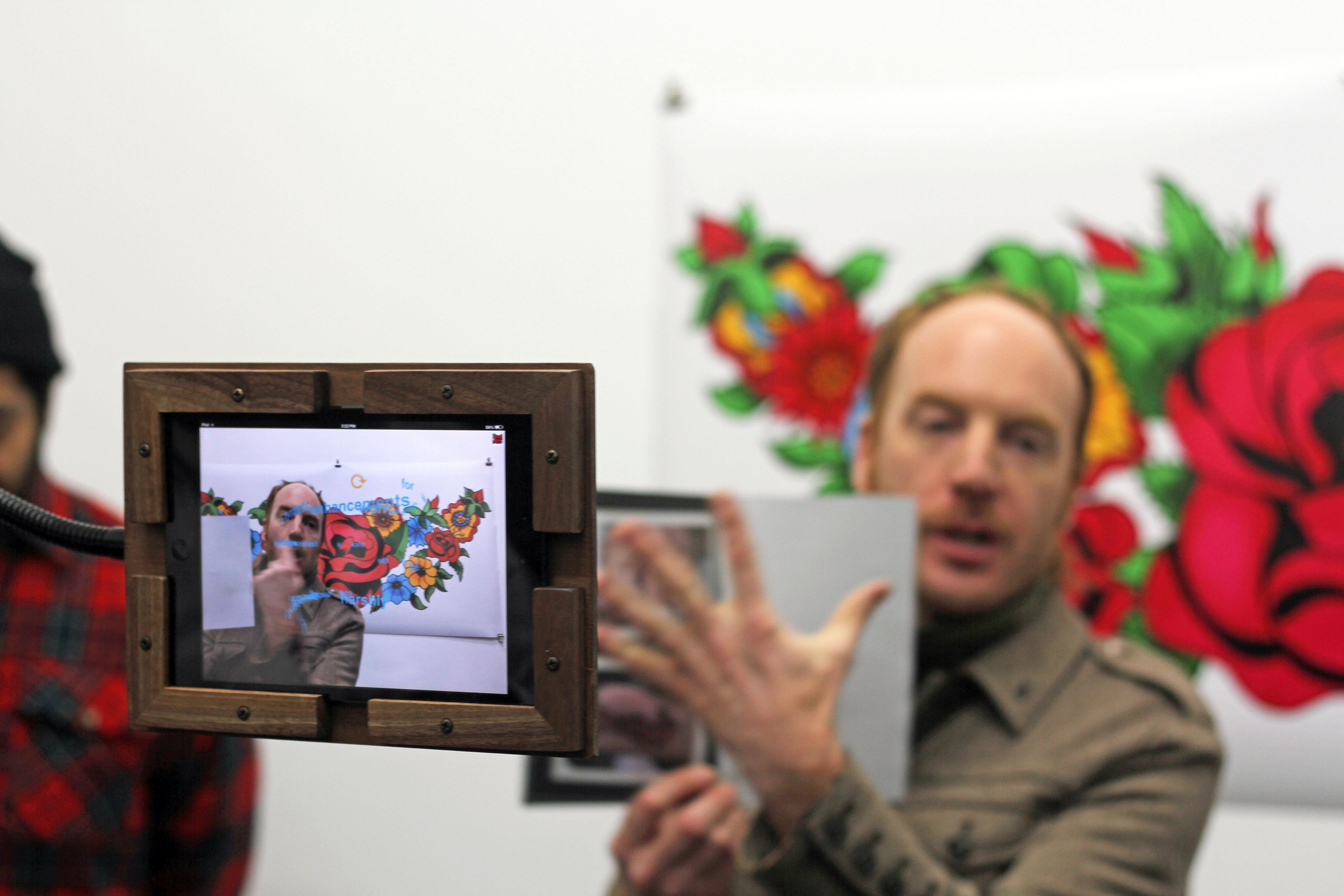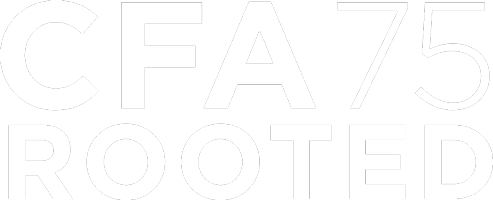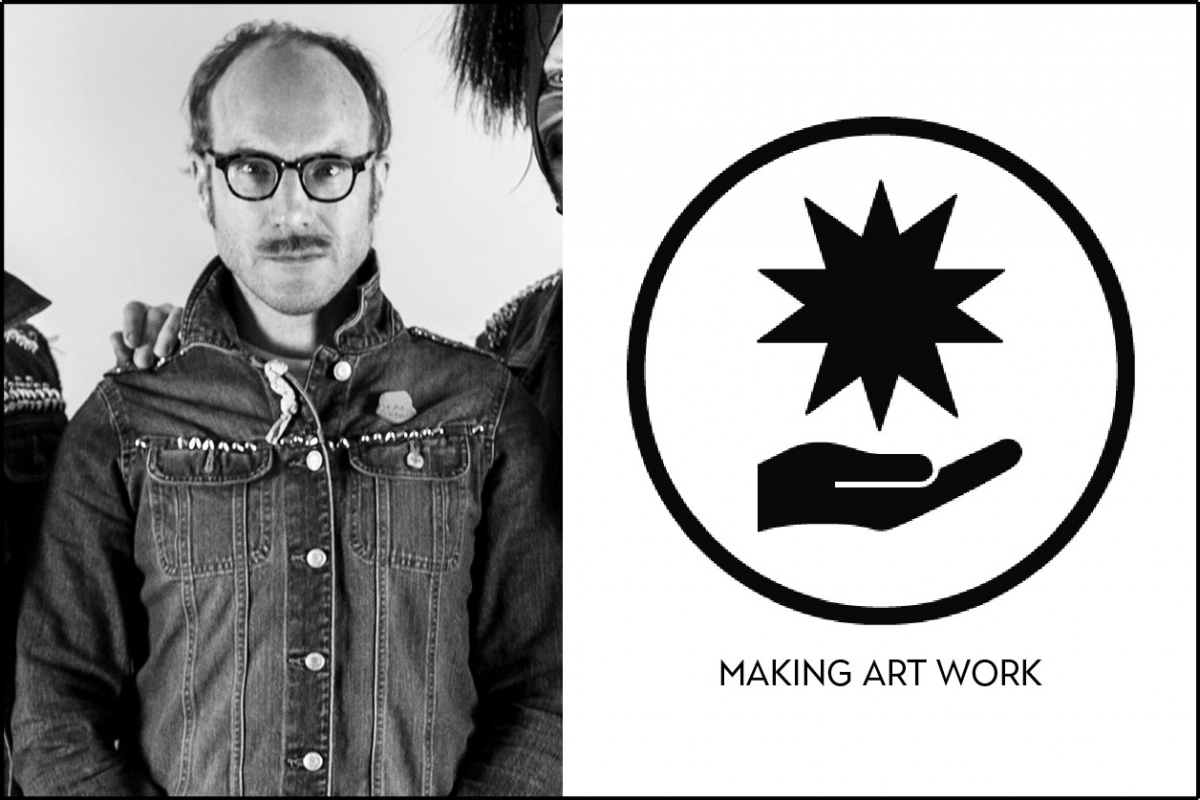By Noelle Sharp
MAKING ART WORK: Advice for artists, from artists is a series that taps into the knowledge and experience of seasoned creatives from our community and beyond for the benefit of our students. We had the pleasure of speaking with performance/installation artist, curator and educator, Mark Jeffery, for this episode of MAKING ART WORK.
What do you wish you had known when you were a less experienced artist?
I am coming up to my 44th birthday on May 9th, and am grateful to have been making work for the past 23 years since graduating from Dartington College of Arts in the UK in 1994. As artists we are curious, we are instinctual, and intuitive in how we listen and respond and engage in practice and making. For me my weakness and strength has always been my anxiety that can keep me working but also paralyse me in absolute self doubt. As a young artist and an artist making work today here in Chicago, I wish I could be less afraid and tell my younger self to trust more in your making and to not put so much pressure on myself as the work will make itself and that you will develop and grow from the opportunities you apply for, from the mistakes that you make, from the connections you make and to keep making in a community around you that is supportive. I also think about trusting oneself in making through time. Time is your collaborator and your friend and as you keep making you learn how to keep developing and working on your ideas, some of these ideas and ways of working keep returning and recurring over and over again. I wish now I could realise that sometimes your work can take years to develop, sometimes your ideas don’t have to be developed overnight and that making does not have to be singular and that you can learn to make working with others, you can learn to grow through making your work in different forms and mediums and that sometimes to not be an expert in a medium can be a place of being uncomfortable but also give you a place to keep learning from.
How do you find balance between creating your own art and using your creative talents for other projects (jobs, collaborations, etc.)?
Work is very important to me. Working is very important to me. To work keeps me curious, active and in conversation with others and community that is near and far from me. Working with each other and together is very important to me. I was raised on a dairy farm and I often think of the fields that were connected to each other. Fields that were marked and delineated by hedges that separated one field from another field or one’s field to another farmer's field. In each field there would be different crops growing, or perhaps grass that cows would feed on or perhaps a field that was fallow. It was important to me growing up to walk around these fields and to see the crops grow, rotate and to see how these fields all connected with one another. I am an artist, teacher and curator. All these positions that I work on I think of as fields and each one of them has different sets of concerns and different times when more attention is needed to them. I am someone who can be quick in response to what I see in front of me, but I have discovered that I need slowness to develop ideas and projects and to allow myself to listen to what I am seeing in front of me and that I need to take time to see, to listen and to learn. In my practice, my work with Anatomical Theatres of Mixed Reality (ATOM-r) Performance Group that I co - founded is one of iteration and taking two - three years to develop a work, to be in the rehearsal space twice a week and to focus on each three hour rehearsal with attention and care. This is a field called work and this is a field called play and this is a field of community and this is a field of mistake and iteration and listening and giving voice to collaboration and giving and paying attention. This is also a field of transformation, mistake and failure and this is a field of being present in work and to keep moving. A question then becomes how do you allow the practice of work and attention to be in other fields, of teaching and curating? I think very much about measurements of time and how much we give to what we are doing in a day. I am a full time faculty at the School of the Art Institute of Chicago. Each semester I am contracted to teach 2 classes and also to be the Graduate Coordinator of the Performance Department. I commit also to this time. To be in classroom, like a field for 6 hours each class and also the preparation for this class. I make sure to organise a class like a rehearsal so that each hour, minute is prepared and looked at with attention. In attention I am curious, so in organising my classes I think of them almost like a garden so that there are different plants growing at different times. Different times allows for attention to cross over and to allow for one or more things to take place over the course of a 6 hour class day. This class day then grows over the course of a 15 week semester. Like rehearsal, there is iteration and like rehearsal each member of the class learns to develop their own language and this language is there field that connects to other fields in their lives. Work is a friend I am not afraid of. Work is a stranger that keeps me moving and learning how to grow. Work allows me to meet and engage with voices I never thought I would come into contact with. Work and time teach me how to listen and work with other people and to be in a creative space. Work can also be about taking care of yourself, so what does it mean to also give time in my case to going to the gym or taking time to cook a dinner at home and to also have conversation around the dinner table or to tend your garden at home, spring, summer, fall and winter.
What’s the most useful advice you were given?
As a young student artist in undergraduate school at Dartington College of Arts in the UK I was very shy, nervous and lacked in confidence. I was someone who did not believe in myself and had a lot of doubt. In my three years of study in arts school, there were three women artists in each year who gave the advice that I needed. Sally Morgan in my first year gave me permission to see my work as image making, what can the body say in time and space? What can the physical and emotional body demonstrate through the images that you make. These images came through as actions that would come from writing and drawing. From writing and drawing I would then translate these images into physical actions that were composed in time and space. Before arts school I had come from a two year performing arts school training in dance and theatre. In my self doubt I learnt how to translate the training of being a performer into that of a maker and to create images. In my second year of study at 19, Lin Hixson Performance Artist and Performance faculty at The School of the Art Institute of Chicago was a visiting artist at the school. She told me in watching a work in progress of my work in an advising session that my work was about fear and control and to work towards these words and away from these words and to not be afraid and to listen to your instincts and that the self you are most afraid of is the self that needs the permission to grow. Work and work towards the unknown, walk towards what you don’t know. In my third year I was going to perform my thesis show to National Review of Live Art curator of performance Nikki Milican who had travelled from Glasgow to the south west of England to see student work. I was terrified to perform my work in front of Nikki. In my stubbornness I refused to perform the work. My teacher Sally Tallant then arranged for me to have a one on one meeting with Nikki where I showed Nikki a series of photographs of my performance work that I had made the previous week. Sally insisted that I meet with Nikki. Nikki became the first curator to invite me to present my work as a 21 year old in Glasgow and also suggested from the images that I had shown her to develop the performance into a six hour duration work. These 4 women gave me permission to begin the long process of listening to myself, to my instincts to not being afraid. To believe in the work I make and to believe in working with other people and to walk and to keep moving as you work. As Lin Hixson says, ‘Work towards complexity rather than simplicity and create spaces of attention and commitment. If you commit the audience will stay with you and be in engaged in your work.’



